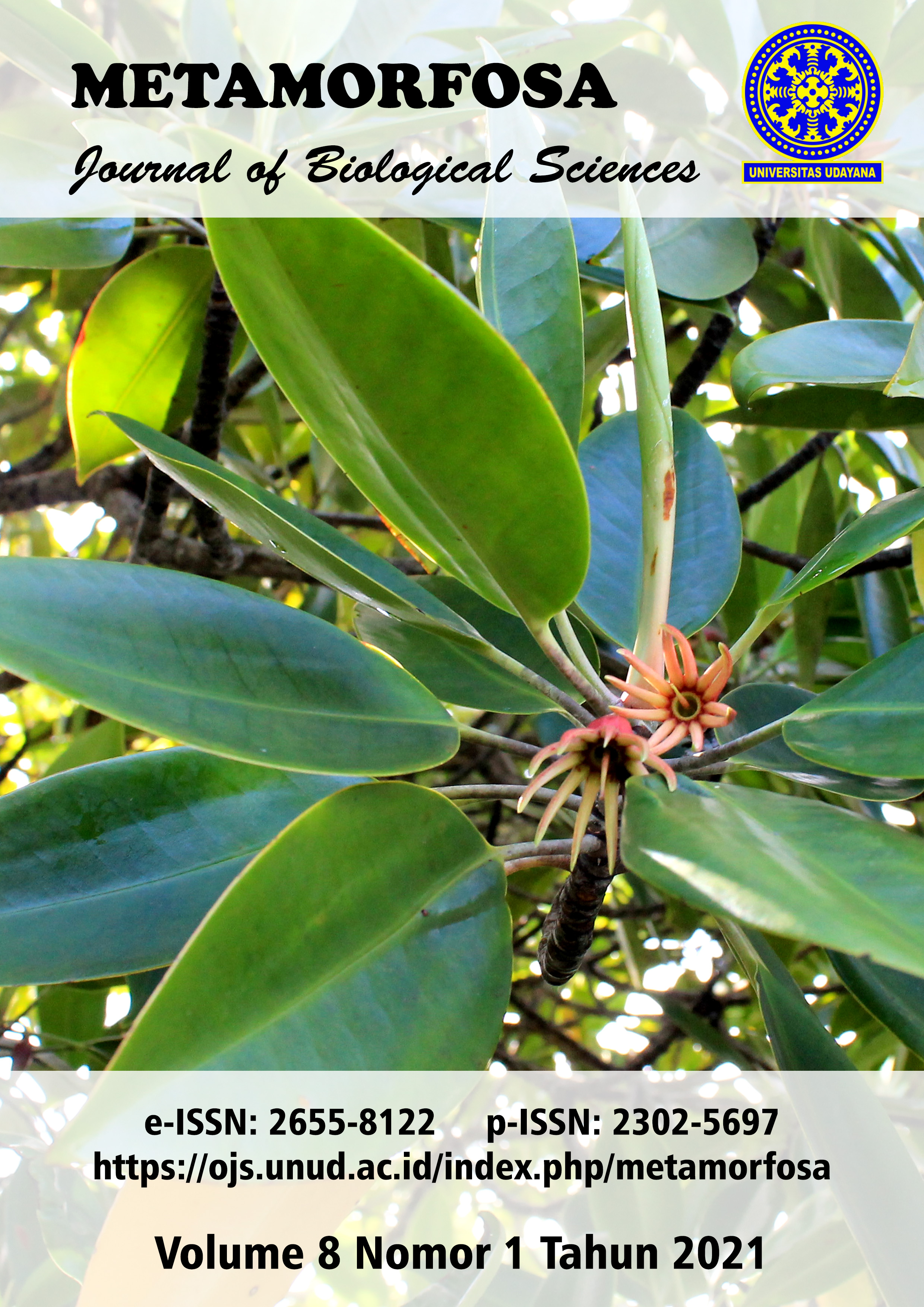Supplementation To Improve Abundance Of Cecum Microbial (Lactic Acid Bacteria And Escherichia coli) In Diabetic Rat
Abstract
Intestinal microbial dysbiosis is one of the triggers for metabolic syndrome. The increase in pathogenic bacteria triggers the high release of lipopolysaccharides which underlie the incidence of insulin resistance in diabetes mellitus. It is important to modulate the intestinal microbiota towards eubiosis through consumption of probiotics. A potential probiotic product is soy yogurt which contains live bacteria and high protein and isoflavones. The aim of this study was to examine the effect of soy yogurt supplementation on the abundance of cecum microbes (Lactic Acid Bacteria (LAB) and Escherichia coli) in diabetic rats. The research was conducted at the Laboratory of Stikes Wira Medika Bali. Type of research is experimental with a completely randomized design consit of 6 groups. The conditioning of diabetes mellitus was done by induction of nicotinamide (NA) 230 mg / kgBW and streptozotozin (STZ) 65 mg / kgBW. Abundance of cecum microbes analysis using Total Plate Count. The results showed soya yogurt supplementation in rat with diabetes mellitus had a positive correlation in improving the abundance of microbial cecum. The total abundance of LAB in diabetic rat was 7.36 ± 0.15 Log10 CFU/mL and was significantly different (p <0.05) compared to diabetic rat treated with soy yogurt supplementation, namely as much as 8.08 ± 0.1 Log10 CFU/ml. Meanwhile, the abundance of E. coli in diabetic rat was 9.42 ± 0.12 Log10 CFU/mL and was significantly different (p <0.05) compared to rats treated with soy yogurt supplementation, namely 8.14 Log10 CFU/ml.





